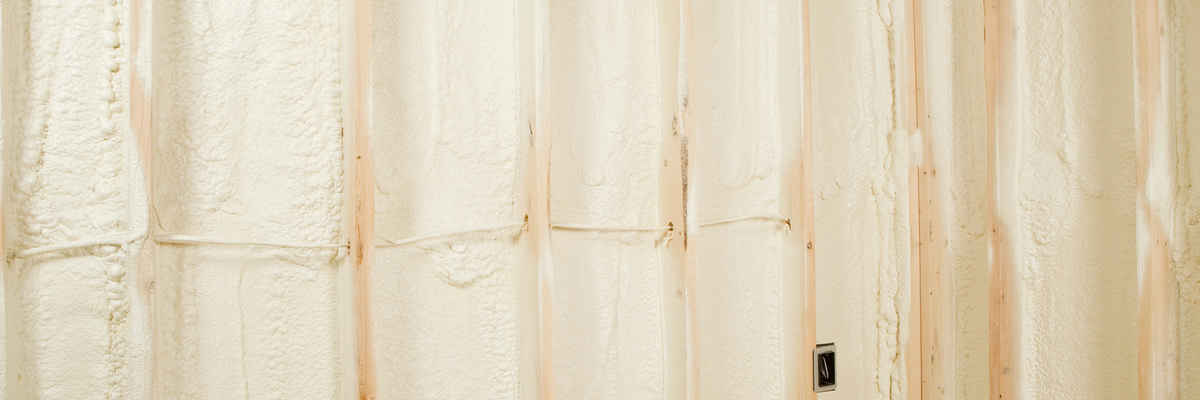What are the benefits of floor insulation?
Floor insulation is great for eliminating cold spots along the edges of the floor, and it also provides a vapor barrier that prevents air from leaking into or out of building through small cracks in an outside foundation.
In addition to significant savings on heating costs, there are additional benefits from using insulation. Improved comfort from abating drafts from below which can be helpful for people suffering allergies, arthritis or a lower back problem. It will help keep your furnace operating more efficiently by preventing heat loss around perimeter walls and providing better uniformity of temperature throughout your space. Sounds like time to get some radiant barriers!
Floor insulation has many positive effects on the home, such as increased energy efficiency and heightened comfort. As floor insulation reduces heat loss, floor heating systems can be installed to keep flooring surfaces warm without having to turn up the thermostat or install an additional supplemental heater. Warm flooring is a wonderful feeling that can greatly increase living conditions inside any home while also lowering utility costs by reducing energy demands from other appliances in the house. Floor insulation also provides sound-proofing and fire protection and can contribute towards greater indoor air quality through effective sealing of outside drafts.
Further benefits of floor insulation include reduced floor noise, freeing floor space from the buildup of excess heat, protecting flooring surfaces against wear and tear, and being aesthetically pleasing with its ability to be molded into various shapes. The more you know about floor insulation, the more positive attributes you will find that describe its many benefits!
One of the best things floor insulation does is keep cold surfaces warm during cold weather by making sure heat doesn't escape through the flooring surface in colder climates like in Alaska where homeowners rely on full coverage floor insulation for warmth even when they are indoors. Red ucing energy costs is one of floor insulation's main benefits. By preventing cold spots, your flooring surface will be more uniform and you'll enjoy a floor that feels warmer than it would without floor insulation.
Call Now - (707) 562-0911
Get Your Free Quote!

How does floor insulation work?
Heating and cooling loss is largely dependent on the quality of wall insulation, window glazing, ceiling design and other factors. Floors are only one factor in the overall heat transfer equation.
Heat flow through walls is at least three times greater than heat flow through floors, so floors alone do not matter much. It has been said that about 16% of building heating energy use is lost to floor area while 40% is lost to ceilings. This may be an overestimate for modern methods of building construction with wall insulation that reduces heating losses by 10%. That would leave 6% lost to the floor area - a 2% reduction from 16%. As might be expected, nobody has calculated how much heats flows out of our windows! But floor insulation is still important for floor comfort.
How floor insulation works
It is not floor insulation that will stop heat flowing into or out of a floor, it's the use of insulating materials between floor joists that reduces heat transfer through the floor. This means less cold floors in winter, and less hot floors in summer - just what people want to achieve with their floor insulation choice.
Vapour barriers are often placed under floor insulation to prevent moisture from getting up into the ceiling space. But this only makes sense if your house design includes good soffit ventilation to take air away from beneath the floorboards where it can be full of damp vapours. So you need effective ventilation and vapor barriers and floor insulation.
To measure floor insulation, the floor assembly is tested in a laboratory with an artificial cold floor and a heating element under one half of the floor insulation material. Floor surface temperatures are measured on both sides - floor surface temperature should be very close to ambient air temperature, ideally within 2°C or 3°F of room air for effective comfort. The test measures how much heat flows from the heater through the floor. But it is not quite as straight-forward as this because floor joist materials have different thermal conductivities so double check that your floor insulation installation matches the thermal conductivity recommended by manufacturer during product specification stage to avoid problems further down the track.
Call Us Now - (707) 562-0911
